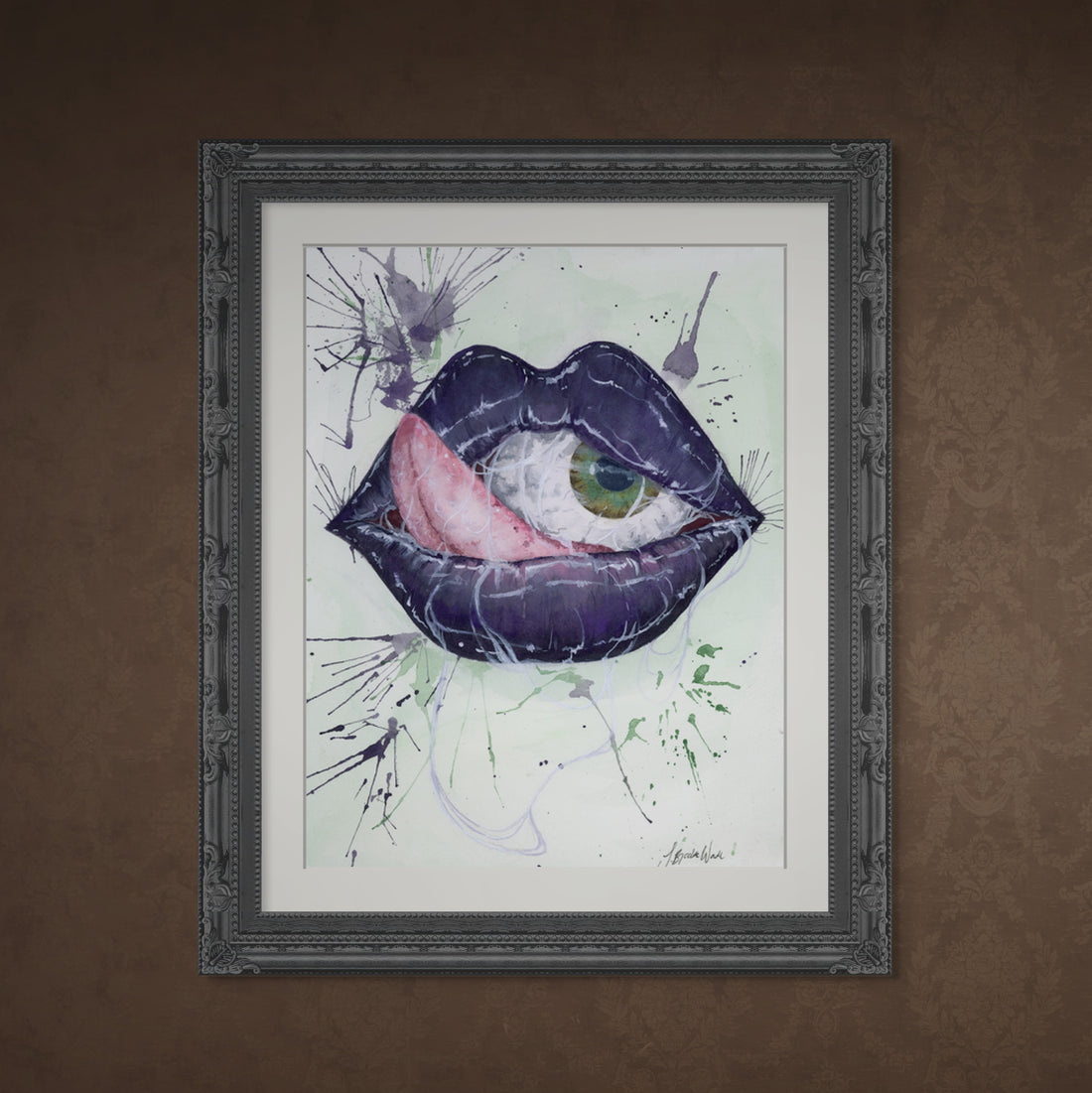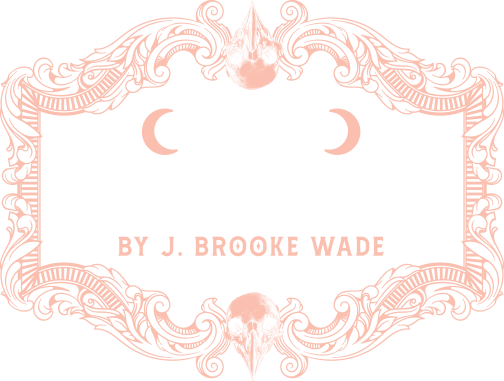
The Evolution of Femininity in Art: A Watercolor Artist’s Perspective
Share
How Femininity is Portrayed in Art
Art has long been a mirror reflecting the myriad facets of human experience, and one of its most captivating subjects is femininity. From the delicate brushstrokes of the Renaissance to the bold statements of contemporary works, femininity in art has evolved, revealing society’s shifting views and the diverse nature of female identity. Let’s journey through history and explore how femininity is portrayed in art, shedding light on the cultural and personal significance behind these portrayals.
Historical Perspectives: The Classical Era to the Renaissance
In classical art, femininity was often idealized, portrayed through goddesses and mythological figures. These early depictions emphasized beauty, grace, and purity, reflecting societal ideals of the time. Venus, the Roman goddess of love, is a prime example, embodying an almost unattainable standard of feminine beauty and allure.
Moving into the Renaissance, artists like Leonardo da Vinci and Sandro Botticelli continued this idealization but added layers of complexity. The women in their paintings were not just symbols of beauty; they were often imbued with a sense of mystery and introspection. Botticelli’s "The Birth of Venus," for instance, portrays Venus emerging from the sea, embodying both divine beauty and a serene, otherworldly presence.
The Enlightenment and Romanticism: A Shift in Focus
As we progress into the Enlightenment and Romantic periods, the portrayal of femininity began to shift. Art became a medium to explore the inner lives and emotions of women. Artists like Élisabeth Vigée Le Brun and Jean-Auguste-Dominique Ingres captured the intelligence, sensitivity, and individuality of their female subjects. These portraits often highlighted women’s roles as muses, intellectuals, and independent individuals, challenging previous one-dimensional portrayals.
Modernism and the Rise of Feminist Art
The 20th century marked a radical transformation in the portrayal of femininity in art. Modernist artists broke away from traditional forms and narratives, experimenting with abstraction and symbolism. Women artists like Georgia O’Keeffe and Frida Kahlo brought personal experiences and female perspectives to the forefront, challenging societal norms and redefining femininity on their own terms.
Frida Kahlo’s self-portraits, for example, are raw and unfiltered, depicting her physical pain and emotional struggles. Her work powerfully communicates the complexities of womanhood, encompassing strength, vulnerability, and resilience.
Contemporary Art: Diverse Voices and Narratives
Today, the portrayal of femininity in art is more diverse and inclusive than ever. Contemporary artists explore gender, identity, and power dynamics in innovative ways. Artists like Cindy Sherman and Kara Walker use their art to critique societal expectations and stereotypes about women. Sherman’s photographic series challenge traditional notions of female beauty and identity, while Walker’s silhouettes confront the historical and racial dimensions of femininity.
Moreover, the digital age has democratized art, allowing for a multitude of voices and perspectives to emerge. Social media platforms and online galleries have become spaces where artists can share their interpretations of femininity, fostering a global dialogue that transcends geographical and cultural boundaries.
What is Considered Feminine Art?
Feminine art encompasses a wide range of styles, subjects, and mediums, unified by their exploration of themes central to women's experiences and identities. It often includes depictions of the female form, domestic scenes, and narratives centered around womanhood. However, it is not limited to these themes; contemporary feminine art pushes boundaries, addressing issues like gender equality, body positivity, and female empowerment. Feminine art is distinguished by its emphasis on capturing the essence of female identity and experience, whether through traditional or avant-garde approaches.
My Approach to Portraying Femininity in Watercolor
In my journey as a watercolor artist, capturing the essence of femininity has always been a profound and evolving endeavor. Watercolor, with its fluid and translucent nature, is the perfect medium to explore the subtle nuances and dynamic energy of feminine beauty and strength. My approach is centered on conveying emotion, depth, and the unique qualities that make each subject special.
The Interplay of Light and Color
One of the defining features of my work is the interplay of light and color. I use these elements to convey the many facets of femininity—from the softness and delicacy of a quiet moment to the vibrant, energetic expressions of joy and resilience. Watercolor allows me to layer colors, creating depth and richness that mirror the complexity of womanhood.
Celebrating Individuality
Each of my paintings aims to celebrate the individuality of my subjects. Whether I'm painting a portrait or an abstract representation, my goal is to capture the unique spirit and story of the person or concept I’m depicting. I believe that every woman’s experience is a tapestry of emotions, experiences, and identities, and my art seeks to honor this diversity.
The Inspiration Behind "Seen and Not Heard"
One of my most impactful series, "Seen and Not Heard," explores the themes of voice and visibility in the context of women's experiences. This series addresses the societal challenges women face in making their voices heard and being recognized beyond superficial appearances.
Empowering Visual Narratives
"Seen and Not Heard" features vivid renderings of lips and eyes, using bold compositions to symbolize women's empowerment and defiance against societal norms. The lips, depicted consuming human eyes, serve as a powerful metaphor for the demand for women to be heard and not just seen. The expressive use of color enhances the visual impact, making each piece a potent symbol of resistance and resilience.
The Emotional Impact
Each painting in the series is designed to provoke thought and encourage dialogue about the importance of amplifying female voices. By integrating elements of feminine wall decor with provocative thematic content, "Seen and Not Heard" serves as a homage to the strength and resilience of women. This series not only captures the eye but also ignites conversations, making it a powerful statement in any space.
Embrace Your Artistic Voice
Art has the power to challenge perceptions and inspire change. Whether you’re an artist or an art enthusiast, I encourage you to explore and celebrate the diverse expressions of femininity in art. Let’s continue to push boundaries, embrace new perspectives, and create a world where every aspect of femininity is honored and appreciated. Stay inspired, keep creating, and remember that every brushstroke has the potential to tell a powerful story.
